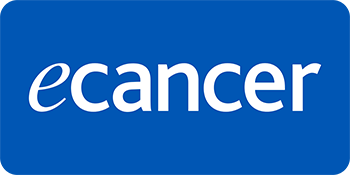Background: In our experience, induction docetaxel, platinum, and fluorouracil (TPF) chemotherapy and sequential chemoradiation in locally advanced head and neck cancer lowers compliance owing to their considerable toxicity. Most of our head and neck cancer patients have locally advanced disease at presentation. Physicians frequently prefer paclitaxel–cisplatin induction chemotherapy instead, because of better patient tolerance.
Materials and methods: A total of 207 locally advanced head and neck cancer patients receiving paclitaxel and cisplatin prior to chemoradiation from November 2010 to October 2013 were studied retrospectively. Parameters like febrile neutropaenia, treatment compliance, and response rates were compared to our institutional retrospective data with TPF chemotherapy. Response was assessed by Response Evaluation Criteria in Solid Tumours (Recist) version 1.1. Toxicity was assessed by Common Terminology Criteria for Adverse Events (CTCAE) version 4.0 during chemotherapy. Radiation Therapy Oncology Group (RTOG) acute toxicity criteria were used for assessment during chemoradiation.
Results: Febrile neutropaenia with paclitaxel– cisplatin was significantly lower 3.4% (7/207) versus 44.5% (73/164) with TPF chemotherapy (two-tailed P value < 0.0001). A 95.7 % (198/207) paclitaxel–cisplatin patients completed chemoradiation versus 87% with TPF. The difference was significant (two-tailed P value = 0.0070). Response rate at treatment completion with paclitaxel –cisplatin was 89.7% versus 88% with TPF chemotherapy. No significant differences were observed (two-tailed P value = 0.7007).
Conclusion: Induction paclitaxel and cisplatin with sequential chemoradiation in locally advanced head and neck cancer is more suitable in a limited resource setting. Lower toxicity, better compliance, and comparable response are encouraging in our study cohort.







